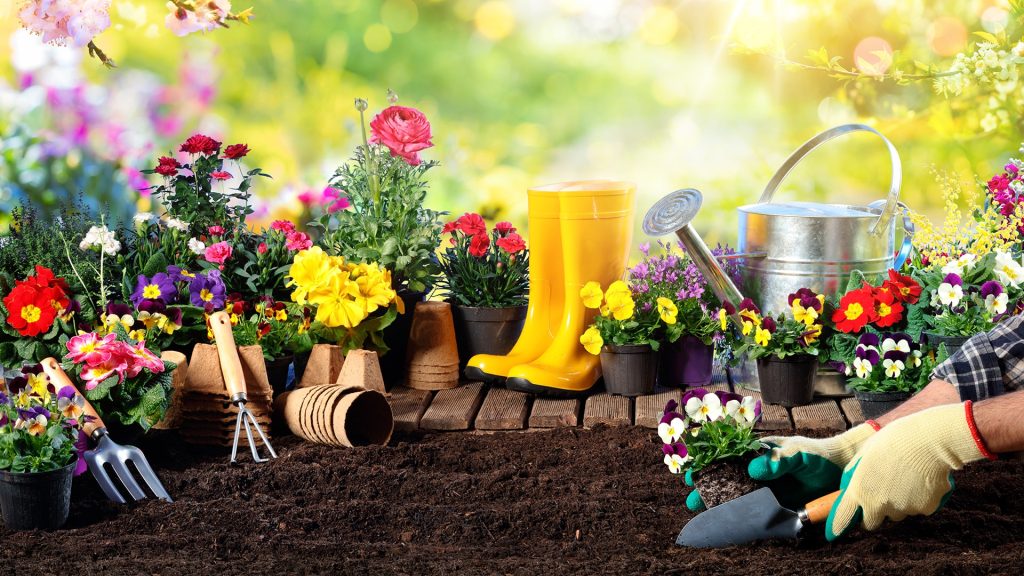By Cori Dusmann
Table of contents
Signs of Spring
Spring begins on Thursday, March 20. A couple of weeks ago, while out enjoying a rare bit of sunshine between cold rainy spells, we saw our first bumblebee of the season, slowly moving from one bloom to another. There were no other bees to be seen, but this one was out, legs full of pollen, moving determinedly from one early bloom to another.
A couple of days later, the two lizards which live under the stairs were warming themselves in the fleeting midday sun. And just today, a crow skimmed low overhead with a heavy load of nest materials. New shoots are poking through the dark earth, cherry blossoms are garlanding the trees, and daffodils are brightening the fields. It seems that, bit by bit, spring is arriving, with its longer days, bright colors, and new life.
The renewed energy of Spring
With the longer days and the accompanying fresh growth and reinvigorated activity, there is often a renewed sense of lightness and purpose to our days. Many feel the urge to get outside, turn their faces to the sun, dig in the earth, and start planning and planting gardens—whether they be full of flowers or edible crops like fruits, berries, and vegetables. After long weeks and months spent indoors, there’s an invitation on the wind to step outside and embrace the season.
The joy of planting and new beginnings
There is something fresh, new, and exciting about planning what to plant—preparing the earth, selecting seeds, and deciding what will thrive in each location. There is joy in gently placing each little bearer of life into the soil and patting a blanket of earth over it. And then, once the seeds are planted, the waiting begins.
Of course, there are already blooms rising from last autumn’s bulbs, and bedding plants can be arranged once the final frost has passed. Some plants, nurtured indoors, may be ready for transplanting, reducing the wait time for new growth. But even with these shortcuts, nothing compares to the small thrill of success when new shoots emerge from a carefully tended, seemingly empty patch of earth.

There is something fresh, new, and exciting about planning what to plant—preparing the earth, selecting seeds, and deciding what will thrive in each location.
The art of waiting: Growth takes time
For many plants, the initial work involves clearing winter’s remnants, turning the soil, and planting the seeds. But once those tiny kernels are nestled in the warm earth, little can be seen on the surface—yet so much is happening underground. The gardener’s job becomes one of tending: watering, weeding, and watching for pests, fungi, and other threats to the fragile life taking root. Still, no amount of effort can rush a seed’s growth—it will emerge only when it is ready.

Gardening as a path to inner reflection
In the rhythm of gardening—the preparation, planting, tending, and waiting—many people find a sense of peace and mindfulness often missing in other aspects of life. The simple act of working in nature provides space for the mind to wander, allowing seeds of thought to germinate just as real seeds do beneath the soil. Fresh air, sunlight, and the immersion in nature encourage deep introspection.
The parallel between nature’s growth and personal growth
We all carry seeds of knowledge, inspiration, and change—whether it’s something we’ve read, a skill we want to learn, or a shift in perspective we’re contemplating. Just like plant seeds, these ideas need the right environment to flourish: a space that nurtures them, warmth and light to encourage growth, and, most importantly, time.
Often, transformation happens beneath the surface, without our conscious awareness. A new way of thinking or being takes root gradually, only becoming visible when it is ready. Yet, just like in gardening, patience is key. The hardest part is often waiting for the change to emerge in its own time.
Embracing Spring as a season of growth
As spring returns, bringing with it the renewal of nature, it offers an opportunity for personal renewal as well. In the simple joys of gardening—whether seen as a chore or as a gift of time and peace—we can find inspiration. Just as we patiently nurture the seeds in our gardens, we can cultivate and welcome the seeds of change and growth within ourselves.

















